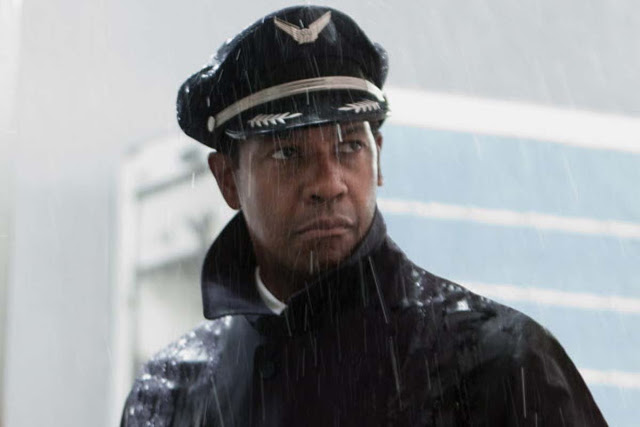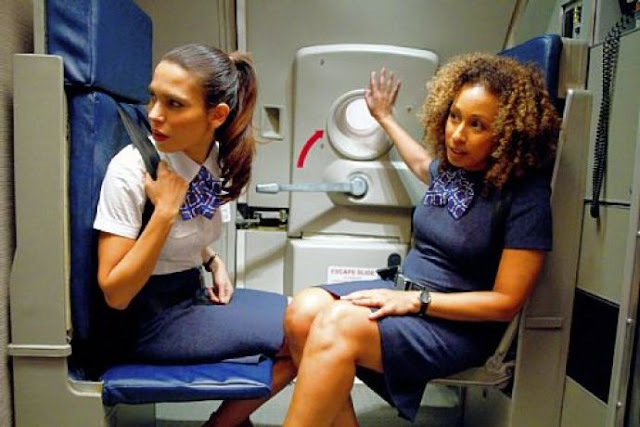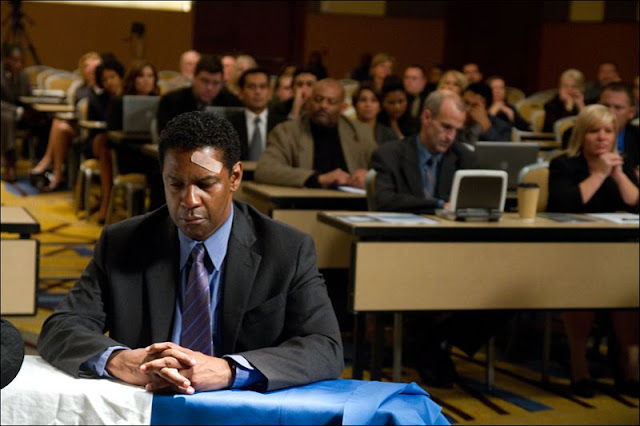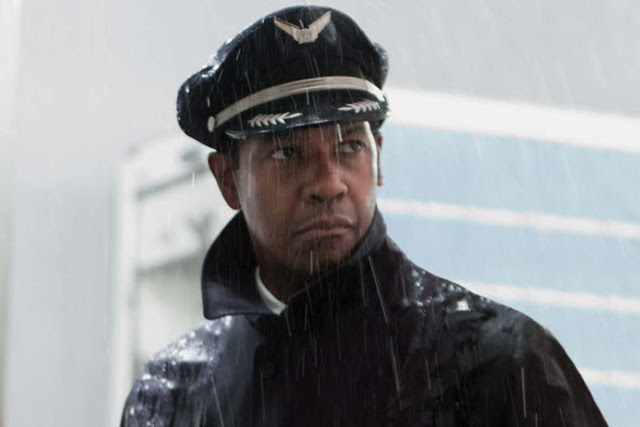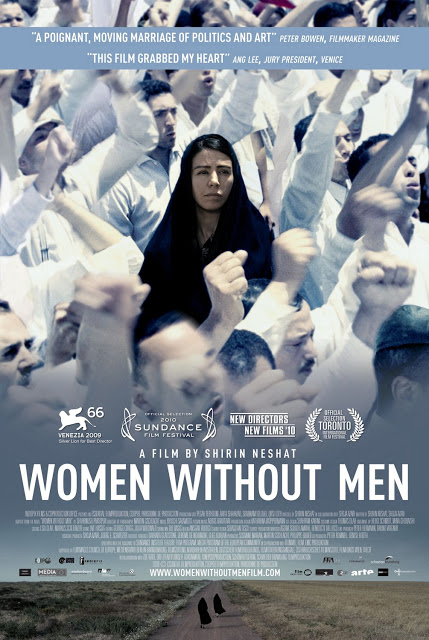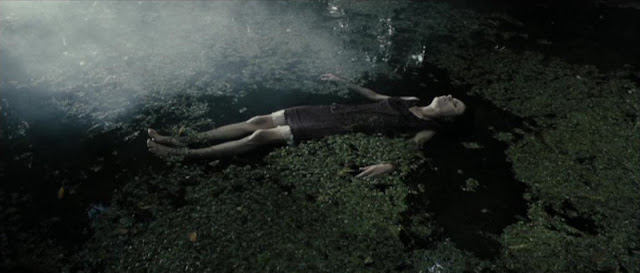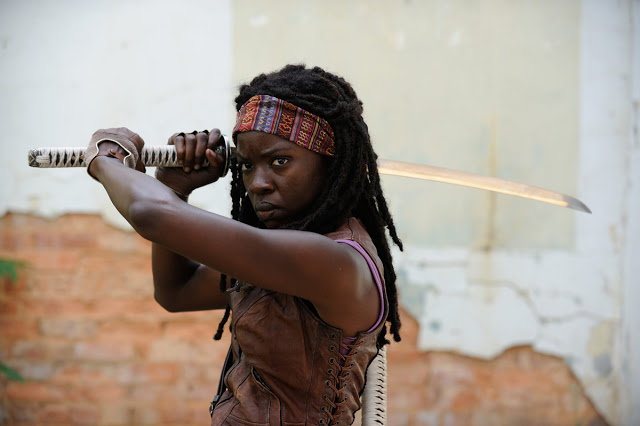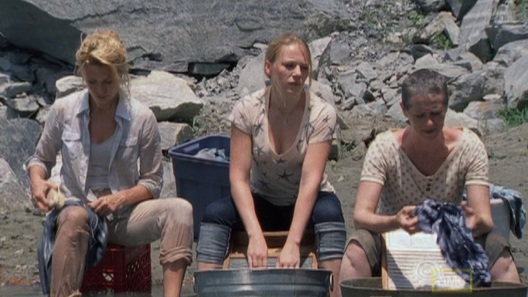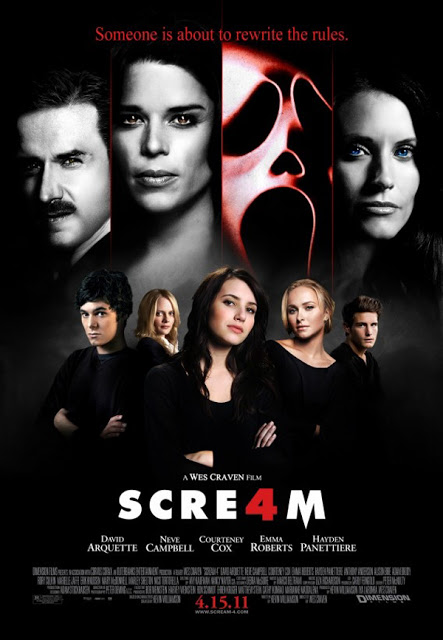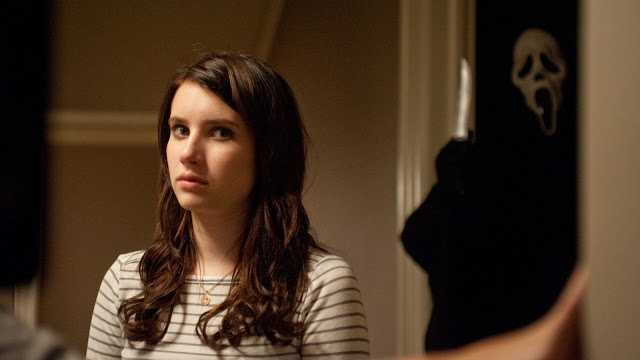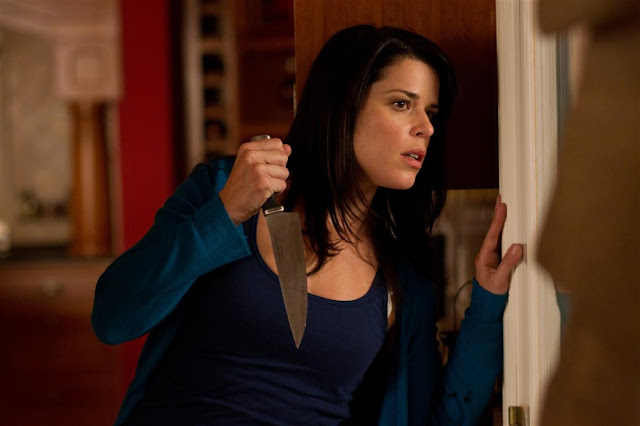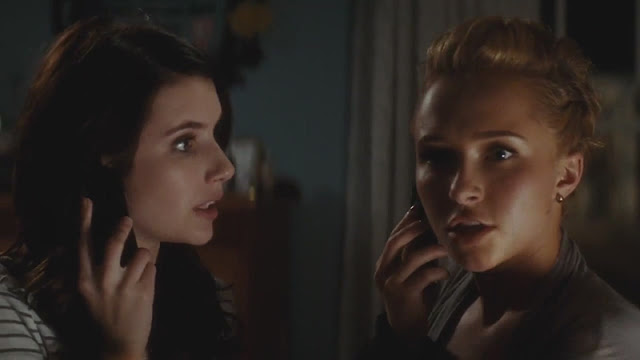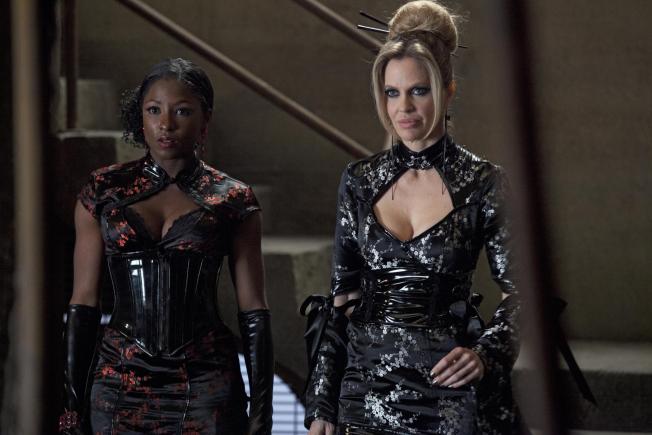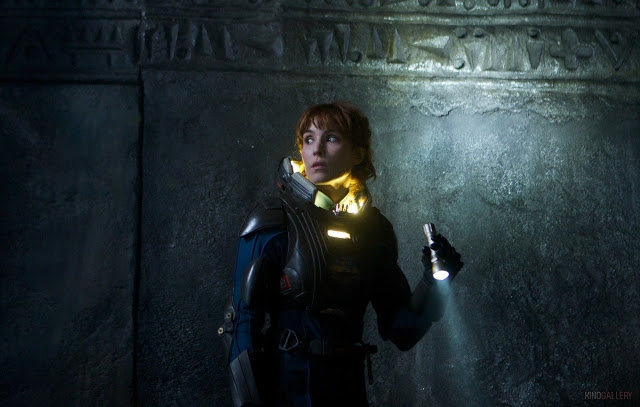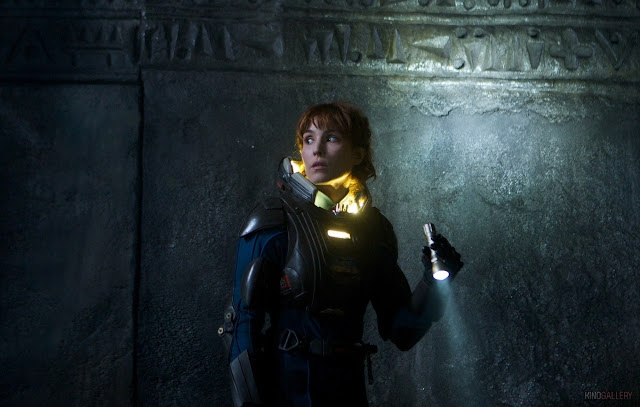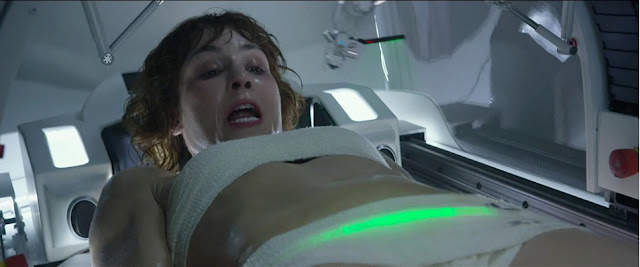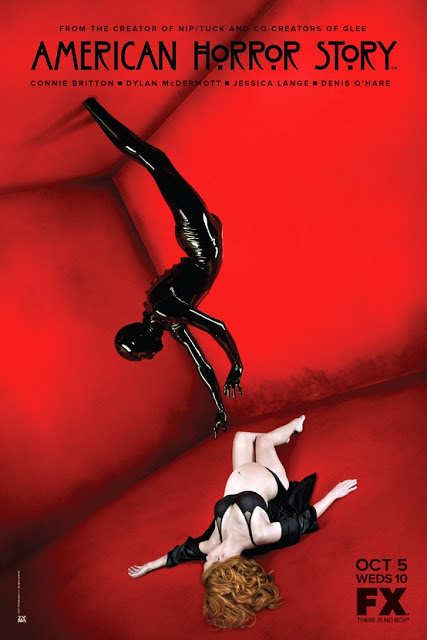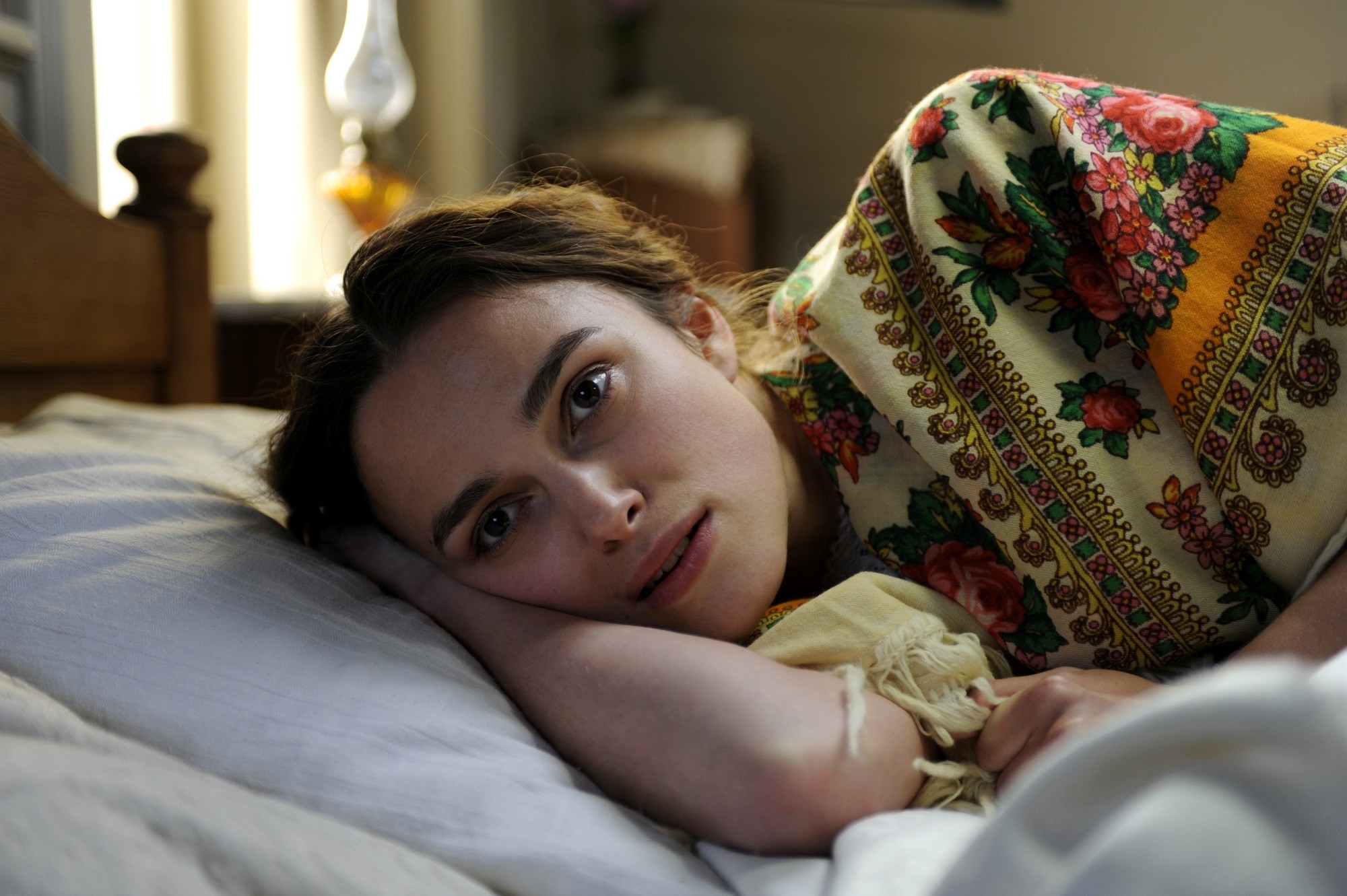
This is a guest post by Colleen Martell.
Liquids abound in the otherwise dry landscape of Mad Max: Fury Road: precious gasoline (or “guzzoline”), scarce water, spray-on chrome, blood transfusions, and stolen mother’s milk. A dystopia wrapped around a feminist utopia, Fury Road has been cheered by women’s rights supporters and action film lovers alike. The film’s nightmarish post-apocalyptic world is characterized by a patriarchal power that exploits women’s reproduction and consolidates resources, leaving many in abject poverty. Hard to imagine, I know. It’s no surprise then, that the film was boycotted by MRAs. While rape and forced procreation are the most obvious examples of women’s exploited reproductive labor, breastmilk recurs throughout Fury Road as a symbol of that oppression. We view women imprisoned in milk-pumping machines, much like harrowing images of factory dairy farms. And unlike sex and sexuality, which are left conspicuously out of the film’s uprising, redemption is symbolized through human milk: “Mother’s Milk” anoints Max’s (Tom Hardy) face after his first proactively selfless act in support of Furiosa (Charlize Theron) and the “Five Wives,” for example.
We live in a culture that has a complicated relationship with breastmilk: on the one hand, there’s an almost fanatical love of it as a healing substance, and on the other, fear and disgust so intense that mothers are routinely shamed for public breastfeeding (it’s supposedly “unsanitary”). Fury Road dramatically and imaginatively reproduces this stance toward breastmilk. The Citadel’s inhabitants worship Mother’s Milk–they chant these words, among others, before Furiosa’s supply run to Gas Town (the implication is that the city exports milk in exchange for gas and therefore it is central to their economy)–but we also see that the women providing milk are chained to breast pumps with their mouths covered, holding sad, filthy baby dolls in their arms meant to stimulate milk production. Women the producers are unsanitary and devalued; the milk they create is holy. Holy and commodified, of course: it’s meant to sustain the patriarch Immortan Joe, his sons, and anyone else he deems worthy, and to keep the hierarchical structure going through trade with neighboring patriarchal cities.

Feminist breastfeeding scholars point out that we already live in a world in which breastmilk is a commodity. Linda C. Fentiman argues that human milk is “marketed both literally and figuratively, as a good for sale, a normative behavior, and a cure for a variety of contemporary social and medical problems.” Pediatricians promote breast is best, nonprofit milk banks and milk sharing organizations are popping up everywhere, and even for-profit formula companies use breastmilk in their scientific studies. All of these benefit people; rarely do they financially benefit those providing their milk. In response, Fentiman proposes we make more explicit the market value of breastmilk, because this would recognize women’s labor in milk production. Why not let mothers quantify and sell their milk? Why not give nursing mothers more economic power within the system as it is?
But others, like Fiona Giles, encourage us as a culture to “waste breastmilk.” Our intense fear of “the leaky body,” she says in Breastmilk: The Movie, means that we often treat women’s bodies as “monstrous.” Shaming nursing mothers is one example of how society strives to keep women’s bodies controlled and neat and orderly. Breastmilk (and pregnancy and menstruation, for that matter) threatens to make the leaky body public. Yet at the same time, we have public health campaigns praising human milk as “liquid gold” and dictating diet, sleep, behavior, and more to protect and champion this substance. The conflicted message here, which Fury Road so vividly amplifies, is disgust of the body itself while praising what the body produces. And so why don’t we push back by pouring it everywhere? “Let’s throw it around,” Giles says. “Let’s do what we feel like in it. Have baths. Who cares?” This has a double effect: refusing bodily shame and rejecting the idea of milk as something precious and rare. Or to use Giles’s terms, wasting human breastmilk moves us from a “scarcity model” to a “plentitude model.” In the scarcity model, we see fear of insufficient production, rhetoric that links “good” behavior with breastfeeding, individual responsibility for failure or success in infant nourishment, and anxious hording of backup milk. But why not operate from a place of abundance instead? Resist the system as it is and disrupt “orderly” (read: controlled) public spaces with leaking breasts, unpredictable bodies, and shared milk?
Furiosa, the “Wives,” the Vulvalini, and Max’s triumphant return to the Citadel finds the once chained-to-their-pumps milk mothers now opening the floodgates and pouring water down on the people below. It seems likely that our sheroes and the milk mothers will move forward on the “plentitude model” – bathing in an abundance of sweet, thick human milk, sharing water access, and growing green things from heirloom seeds – rather than continue in the scarcity model exemplified by Immortan Joe, with the milk mothers as capitalists profiting from their own production. In other words, the film suggests these women will build a new economy altogether; I hear echoes of Charlotte Perkins Gilman’s feminist utopia Herland (1915) and philosopher Luce Irigaray, who writes a wildly fascinating theory about the feminist power of liquids in This Sex Which Is Not One (1977). For me the promise of this new economy is the film’s most cathartic gesture.
Cathartic, but not perfect. It isn’t human milk that flows at the triumphant end, but water drilled from deep in the earth. Does the milk mothers’ liberation come at the cost of the earth’s resources, I wonder? Or are we meant to conflate maternal women with the earth? Both troublesome suggestions. And of course as controversial as mothering is in our culture, a maternally centered revolution remains less threatening than would, say, any gesture toward sexual pleasure at the heart of the uprising. If we are disgusted by maternal bodies, we are downright terrified by sexually empowered women’s bodies.
Yet, regardless of what happens next in the Citadel, Fury Road’s use of breastmilk both in its oppressive and resistant visions demonstrates that when we talk about human breastmilk we aren’t just talking about feeding human infants, personal choice, or love and bonding. We’re also talking about economics and labor, and our societal fear of unpredictable, leaky female bodies even while society commodifies what those bodies produce. Fury Road concretely and imaginatively re-connects bodies with human milk, making milk-producing breasts very much public. Although the film’s ending is more symbolic than prescriptive, the final scene suggests that prosthetic-free Furiosa, the seed-wielding Wives, and the water-pouring milk mothers are no longer outliers in an otherwise orderly society, but are now the source and foundation of society’s structure. This enables us to imagine a world in which the leaky body is not an object of shame or fear, but instead a source of power and creation.
Colleen Martell is a writer, literary agent, and lecturer of public health and women’s studies based in Bethlehem, Pennsylvania. There’s a place for both breastfed and formula fed babies in her feminist utopia. She tweets about bodies at @elsiematz.



